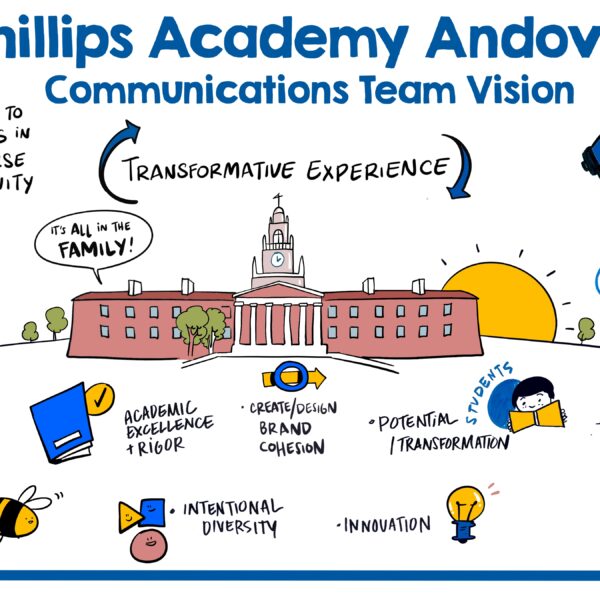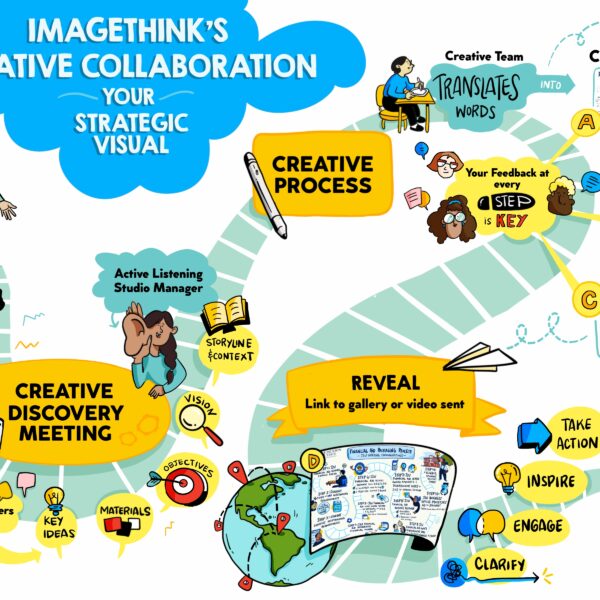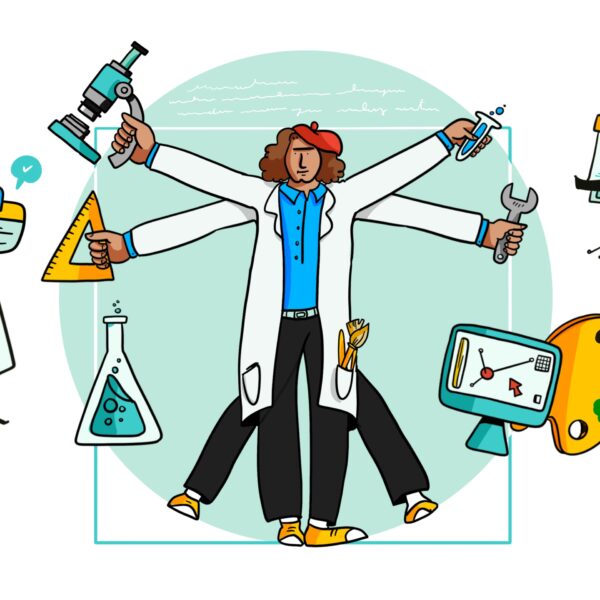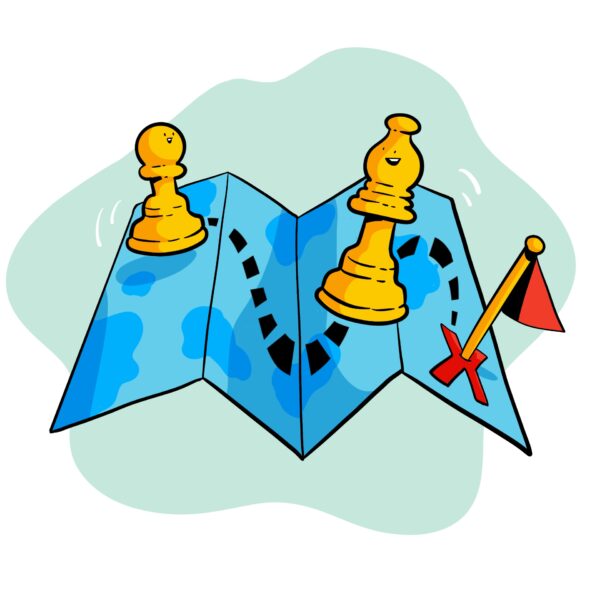Are your meetings benefiting your organization? If your meetings are increasingly costly, time consuming, poorly run or otherwise ineffective, they probably aren’t helping as much as they should be. Your meetings have meeting problems.
We’re not advocating for no meetings, or less meetings. We’re advocating for better meetings, because odds are if you set the meeting in the first place, it is important.
As proud graphic facilitators of hundreds of meetings in Fortune 50 board rooms, we understand that the collaboration and ideation that happens in a meeting is invaluable. Yet, for most organizations the experience is rare. That’s why we work to bring creativity into each conference or meeting room, using visual tools to help unlock the potential of each individual and team to achieve success.
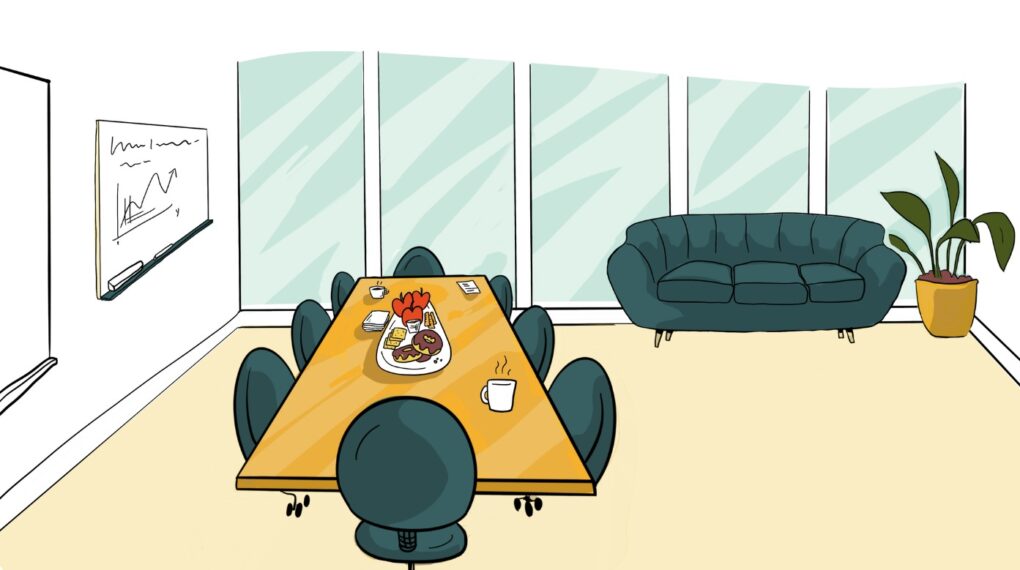
Here’s a list of 7 common meeting problems and how graphic facilitation helps overcome each by creating a more productive, collaborative meeting.
1. Unprepared means unproductive
A lot of meetings that don’t go as planned or don’t achieve objectives are ones where attendees arrived unprepared. Without previously distributed materials, a meeting is set up for failure before it even begins. Actively working with a graphic facilitator prior to a meeting prevents failure and ensures a more productive, collaborative meeting.
In an initial consultation, a graphic facilitator will work to uncover your meeting’s objectives and co-create a robust and detailed agenda that maps out the entire day. By providing an agenda prior, your team knows what to expect, and can get into the right headspace for the meeting.
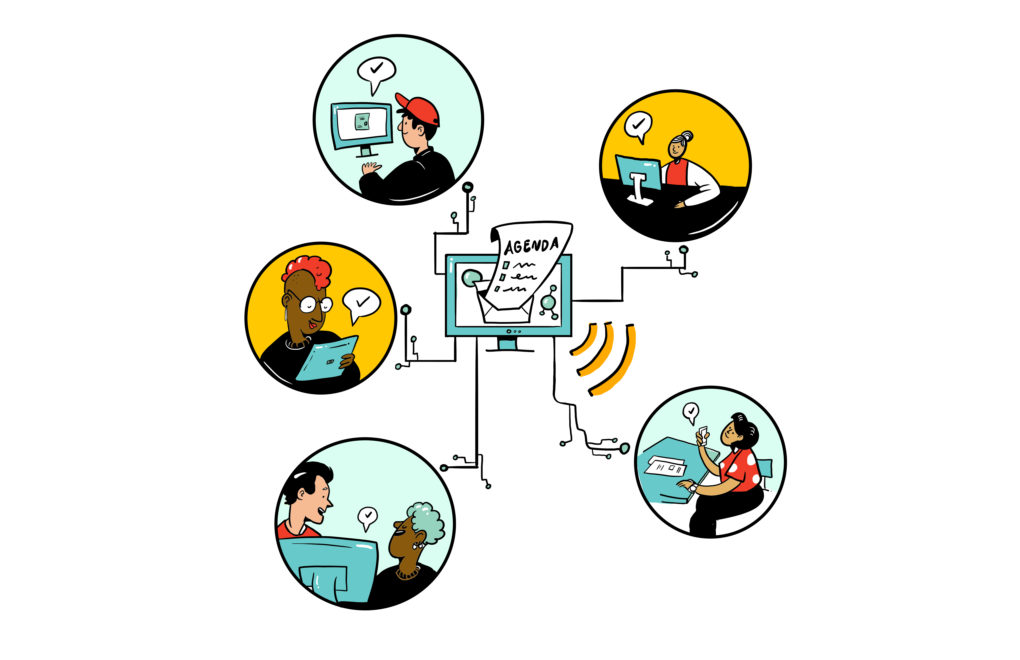
When ImageThink facilitates, we deploy exercises to ignite the energy and creativity of your team, and custom visual templates to tackle each challenge or prompt on your agenda with ease. As an added benefit, a graphic facilitator ensures each area of the agenda is covered all while being considerate of the group’s time.
2. Getting lost in the details, or just lost in general
In any meeting, it’s easy to deviate from the track and get lost in the details or lost in irrelevant conversations. These areas remove value from the meeting and leave attendees feeling like their time was wasted. A large part of a graphic facilitator’s job is to keep the focus on the bigger picture.
Often, we handle subject matter that is complex – from nuanced industry and business-specific challenges to ideas that require segmentation to fully understand. A graphic facilitator helps break down complexity with visual depictions that can be universally understood.
With visual tools and templates to help categorize, prioritize, and structure information, attendees start thinking more systematically, leading to a more effective meeting.
3. Leaving important ground uncovered
Mapping out a meeting visually creates a clear picture of what has been said and what topics have been covered. Just as importantly, a visual track record can reveal gaps – points that require further discussion, or areas that have yet to be explored.
With a graphic facilitator in the room capturing the conversation, the feedback loop is much quicker, as our brains process visuals 60,000 times faster than text. On viewing the meeting conversations visually, attendees can not only review what has been shared, but identify connections and gaps between ideas.
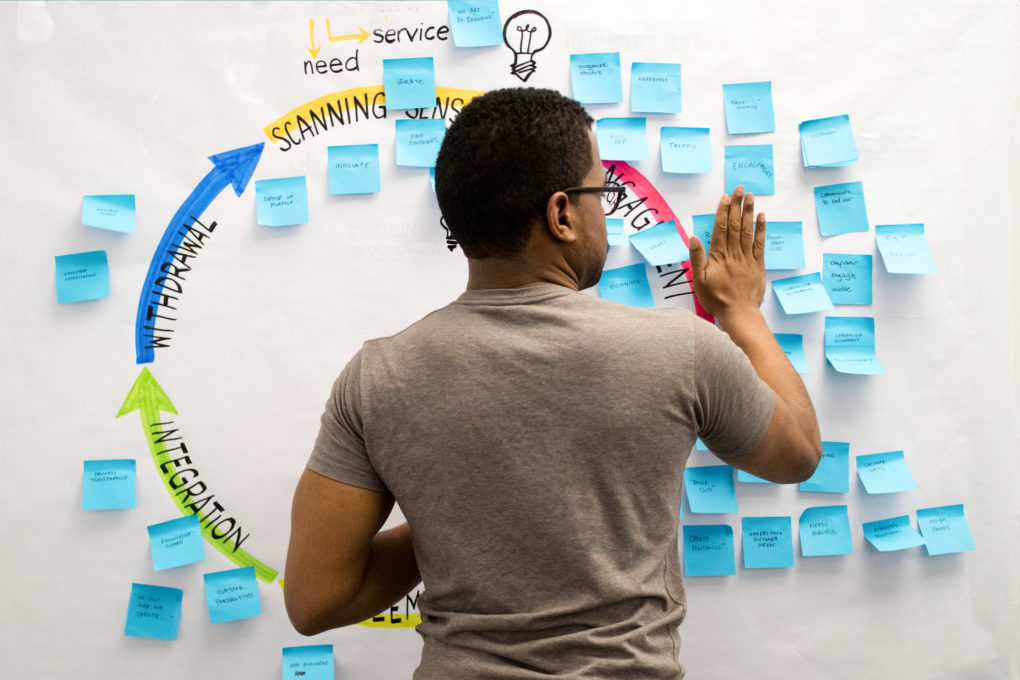
4. Lack of creative collaboration and synthesis
Do you feel like a lot of your meetings go according to plan, but no new ideas come out of them? This is a meeting problem for a lot of attendees, which is why graphic facilitation can come in handy. Sometimes, all that’s required is a reframe of the way we think about collaboration.
An ImageThink graphic facilitator fosters an environment where teams can thrive by thinking and working visually. A key part of a visual strategist’s process is synthesizing information. He or she will actively listen for key points, combine like-ideas, and record them in real time. It’s great for your team to be able to see ideas up close and discover where there is overlap.
5. Lack of participation, engagement, and alignment
When it comes to participation, engagement, and alignment, a graphic facilitator can energize any room, provide a reason to lean in, and give direction for teams in need of a North Star.
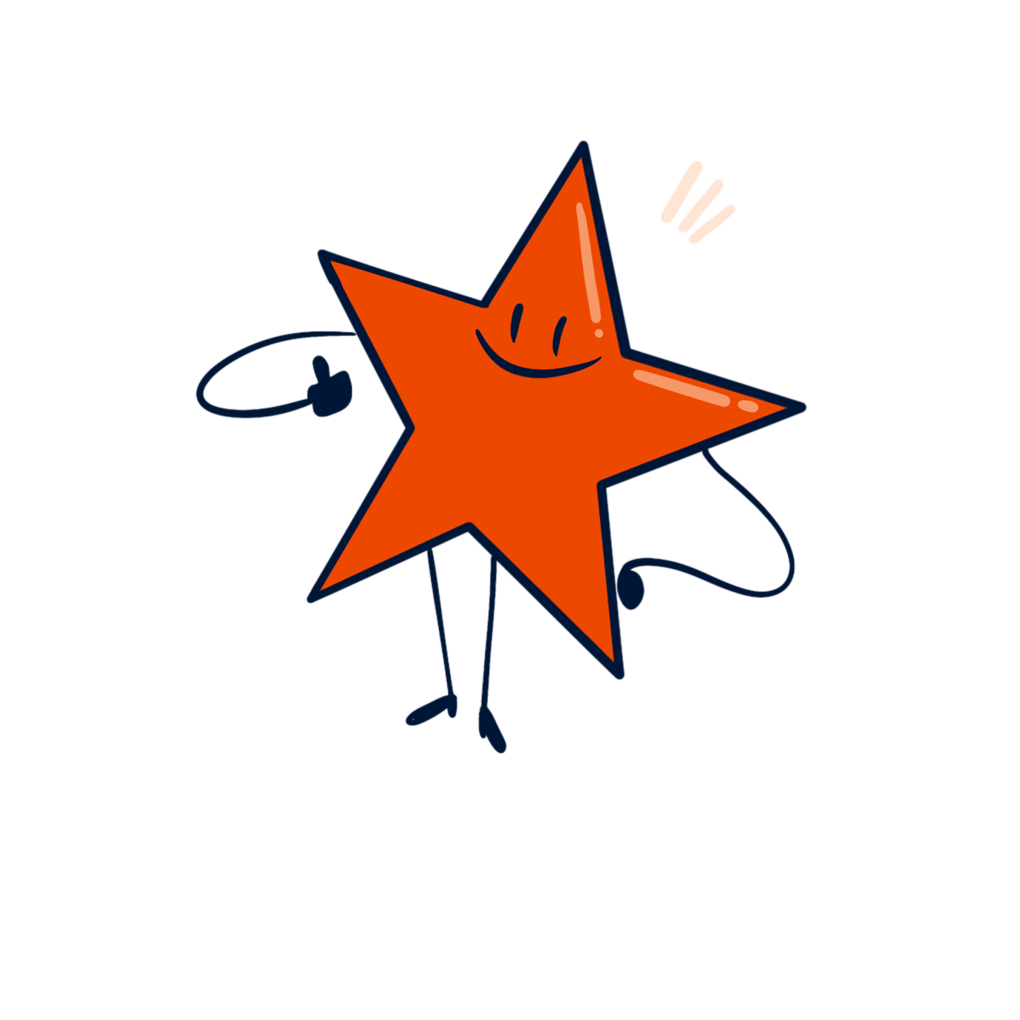
Whether a team is launching a new product, business department or initiative; or looking to clear up confusion on roles, or what the mission is, ImageThink helps define the mandate, uncover shared goals, and shatter siloes to create a team that is strong, aligned, and ready to achieve the goals that have been set.
6. Unlevel playing field
In an organization where people hold different positions of power, meetings can often fall into an environment where few people dominate the conversation. In these instances, not all attendees are provided the opportunity to engage in critical thinking and participate in meaningful collaboration.
Having a graphic facilitator can democratize the meeting environment. Unlike other meetings, ones that utilize visuals level input which often is what people look for in an ideation session. With a graphic facilitator, the CEO’s input can have as much weight as the mailroom clerk’s.
7. Where do we go from here?
All too often, when a meeting ends, the next steps of a project or initiative are left unclear. Worse – everything that was created and discussed is forgotten on the other side of the door. Fortunately, a graphic facilitator provides tangible proof of what was said and agreed upon in the meeting, which clarifies next steps and keeps teams accountable.
In high value, high stakes meetings from which new partnerships or annual or quarterly strategies will be established, having a track record of timelines, decisions, actions, roles, and responsibilities is critical.
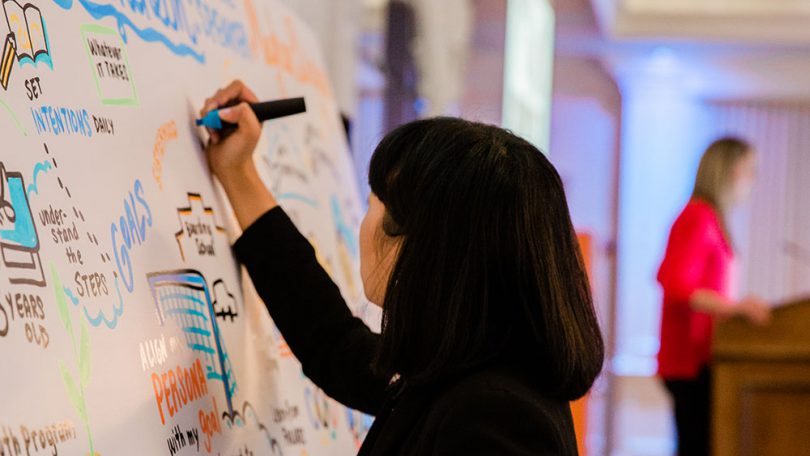
Graphic facilitation clears up any vague pieces or ambiguity to pave the way for successful endeavors. With materials like a visual commitment board, attendees can determine personal ownership of roles and projects. In a recent commitment board created for a client, attendees signed the board like a contract and took photos in front of it to solidify their allegiance.
Meeting Problems, Meet Meeting Solutions
With a graphic facilitator, you remove the meeting problems from your meetings. If you’ve got an important meeting coming up, ensuring it’s effective, productive, and a true return on investment is easy with an ImageThink graphic facilitator. Get in touch with us today to learn more about our meeting capabilities and how we can support your most crucial meetings with graphic facilitation.
